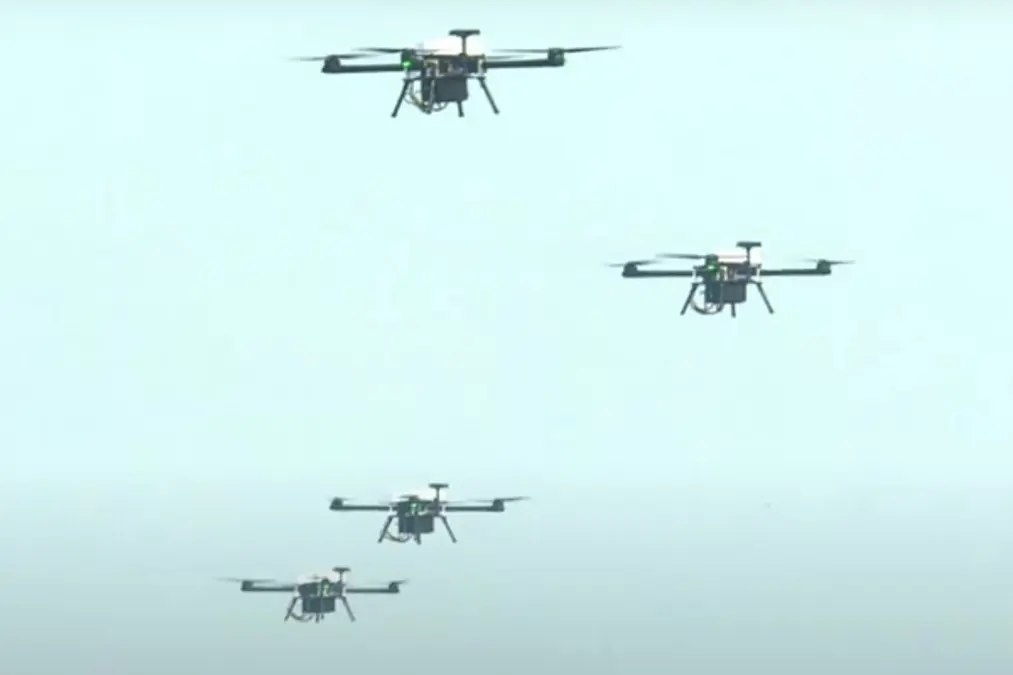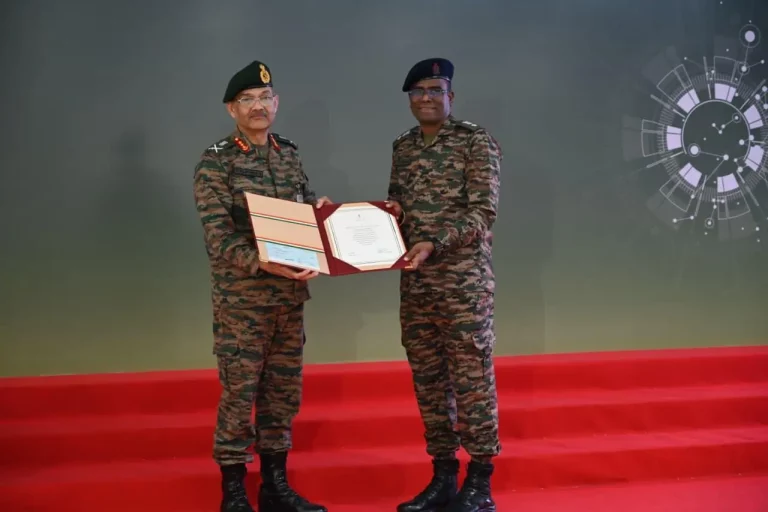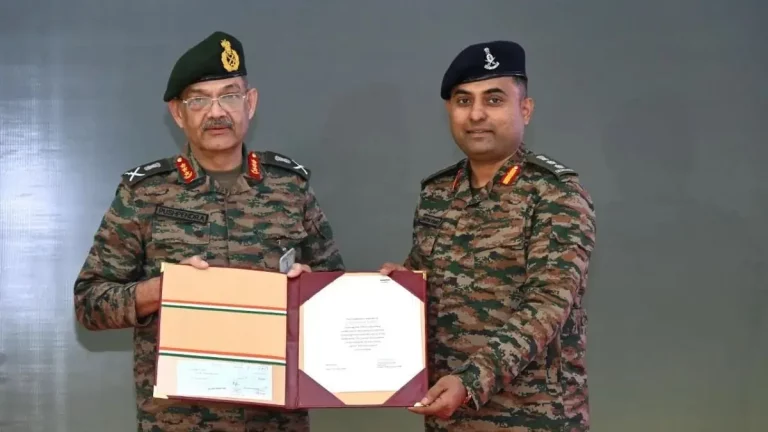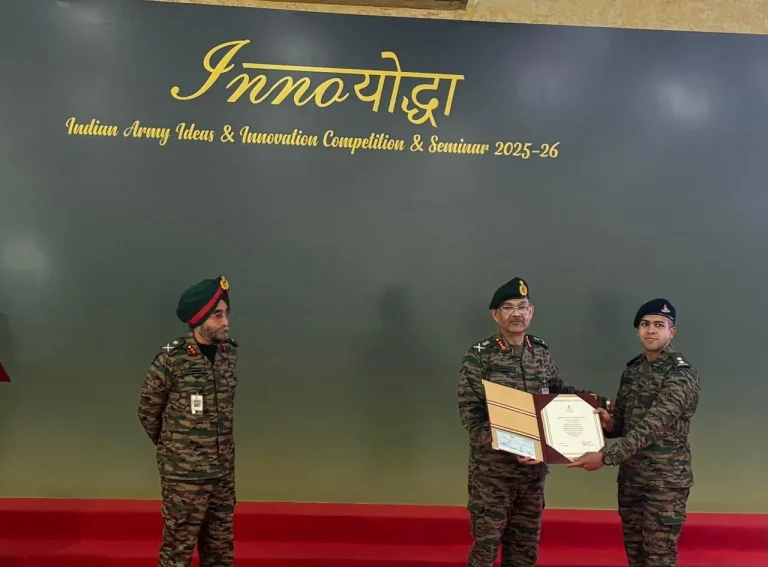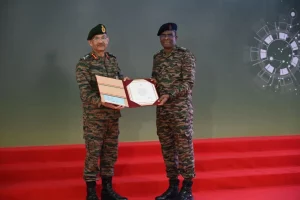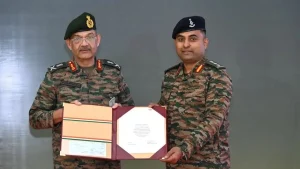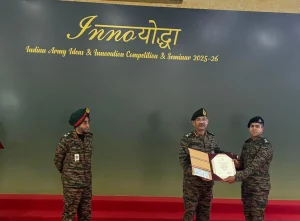India’s Defence Acquisition Council has given the green light to the Collaborative Long Range Target Saturation/Destruction (CLRTS/D) programme, a significant initiative aimed at developing an indigenous autonomous swarm-drone system tailored for precise deep-strike and base-disruption operations. This decision represents a crucial advancement in India’s efforts to enhance its long-range, AI-enabled unmanned capabilities as part of its broader defence modernization strategy.
The CLRTS/D is conceived as a decentralized and resilient swarm architecture, capable of functioning within dense electronic warfare environments across distances of approximately 1,100 kilometers. The swarm will consist of units that carry a combination of specialized warheads and sensor packages, with about 80% of the units designed for high-speed top attacks, shelter penetration, and infrastructure disruption. The remaining 20% will focus on distributed intelligence, equipped with sensors, secure datalinks, and onboard AI to facilitate shared decision-making and target identification.
In terms of operational functionality, the CLRTS/D formation will have the ability to autonomously regroup, dynamically prioritize targets, and sustain missions even amidst compromised communication or unit attrition. Each drone is envisioned to perform dual roles as an individual operative and a network node, sharing telemetry data, target classification, and mission statuses to enable adaptive regrouping and post-strike battle evaluations. The navigation system will integrate INS, GPS, IRNSS, and DSMAC scene-matching techniques to function effectively in areas where GPS is denied. Encrypted line-of-sight and beyond-line-of-sight links will be employed to ensure coordinated operations. Moreover, propulsion systems are expected to utilize indigenous mini-turbojet or electric-hybrid technology to optimize range and maneuverability.
The strategic implications of the CLRTS/D system are considerable, with its primary focus on executing saturation strikes against adversary airbases, radar networks, power infrastructure, and fortified shelters. These capabilities aim to significantly weaken an opponent’s capacity to maintain sustained aerial operations. Defence experts suggest that the integration of autonomy, distributed AI, and prolonged endurance in unmanned operations could fundamentally transform India’s precision deep-strike doctrine.
Development of the system will be spearheaded by the Defence Research and Development Organisation’s Aeronautical Development Establishment (ADE) in collaboration with Hindustan Aeronautics Limited’s tactical UAV divisions and Bharat Electronics Limited, which will be responsible for secure datalink and electronic warfare systems. Additionally, various private sector companies, including Tata Advanced Systems Limited, Paras Defence, and NewSpace Research & Technologies, are anticipated to contribute AI cores, propulsion subsystems, and composite airframes under the Make in India initiative. Comprehensive testing and electronic warfare validation are scheduled at facilities such as the Chitradurga Aeronautical Test Range, with phased flight demonstrations planned prior to full system induction.
Given the autonomous capabilities and potential destructive power of the CLRTS/D system, officials have emphasized the importance of stringent oversight, secure command-and-control protocols, and protective measures to ensure compliance with both national and international standards. The operational deployment and potential export of the system will be subject to rigorous approval processes and control mechanisms to govern its use.
